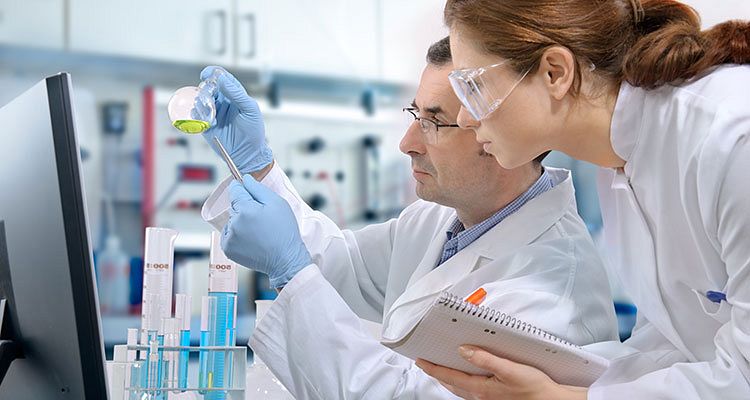Stability Testing for Protein Therapeutics
In recent years, Antibodies and recombinant proteins have gotten well-established pharmaceutical therapeutics due to their bioreactivity, specificity, security, and overall success rates. A prerequisite for their clinical application is the development of formulations in which the proteins remain stable and properly folded. Protein formulation has a vital effect on the aggregation and potential immunogenicity of protein biotherapeutic drug candidates. Establishing optimized protein formulations has been a challenge for the industry.So as to monitor and Guarantee protein ethics during bioprocessing, formula, storage, and handling, there is an increasing need for analytical methods that can measure protein stability and discover conformationally changed or aggregated protein molecules. Characin-plus lively multimode spectroscopy DMS is a new technology from Applied Photo physics that utilizes multiple spectroscopic probes to track changes in protein secondary structure as a function of temperature and also to ascertain the thermodynamics of protein unfolding.
Characin-plus DMS uses Two or more spectroscopic probes to create complete near UV or far UV spectra of proteins as a function of always changing temperature, which offers both structural and thermodynamic data in one, sample-efficient experiment.We recently conducted a Study to ascertain if DMS could determine any gaps in the antibody denaturation signatures in two different formula buffers acetate and lactate. This analysis followed a request by regulatory authorities to describe Stability Testing. A clear difference in Tm that was emphasized by differential scanning calorimetry DSC. We believed that DMS was well-suited to address this question since it creates both structural and thermodynamic information in one experiment.
A monoclonal antibody Biotherapeutic was provided in two distinct formulations. Much UV DMS measurements were made with a Characin-plus CD spectrometer, and subsequent analyses of the data were completed with Worldwide 3, an international analysis software application that is an essential part of the DMS technique. Each DMS data collection was obtained in under 100 minutes and used 65 µg of protein.Robust Tm values were Calculated in the CD temperature profiles by international analysis. Significant Differences from the mid-points of the first and third alterations were observed; The mid-points of the next transitions were the same within experimental error. The first transition was reduced in the lactate than at the acetate; the Third transition has been the most important, best defined in both acetate and Lactate buffers, and greater in the lactate formulation by 1.8ºC. There was Significant variation from the independently calculated van’s Hoff enthalpies, an Inevitable consequence of the level of overlap of alterations in these complex systems.